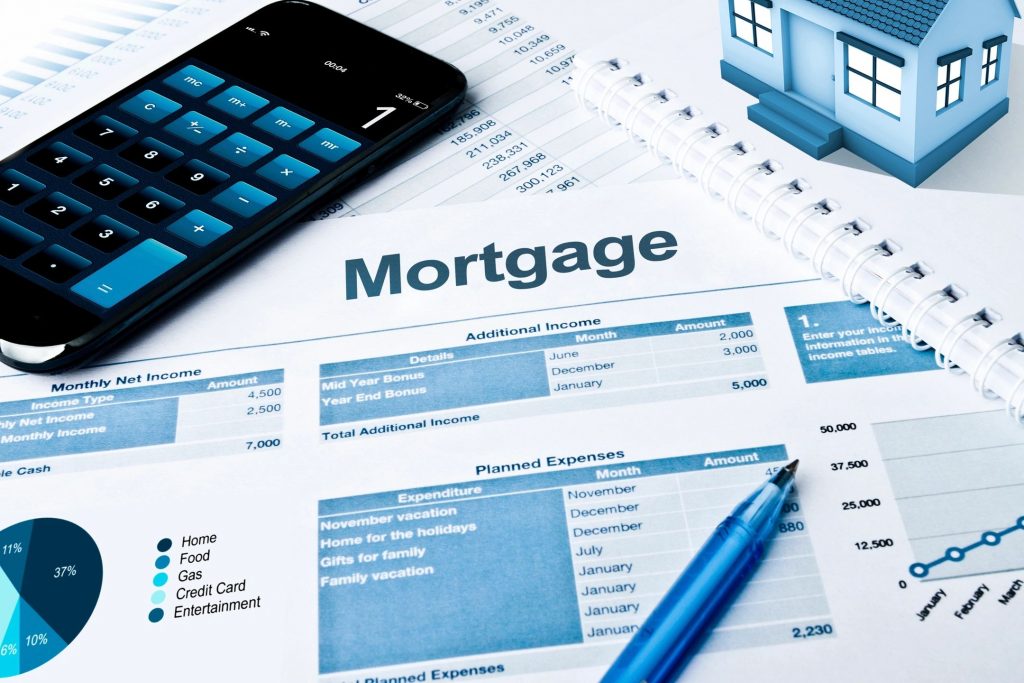
10 Year Treasury Approaching 1% could result in lower 30 year mortgage rates in history

The 10 year Treasury Impacts the 30 Year Mortgage
The rates on the 10 year treasury bond is linked closely to 30 year mortgage rates. The simple reason is that mortgage bonds (bonds issued by quasi government entities Fannie and Freddie) compete with the 10 year treasury bond with investors. If the 10 year rate drops, the mortgage bond rate is not far behind and then mortgage rates to consumers are not far behind.
Why have rates not dropped already
Simply, its too soon. The 10 year dropped extremely quickly and mortgage bonds take time to issue and until there is stability in rates (meaning its expected to remain relatively stable), then lenders issuing the bonds will feel more comfortable locking in home refinances at lower rates. Current mortgage rates are around 3.5% but a 1% 10 year, implies that we could see rates approach 3% for 30 year loans.
What should I do?
I am of the belief that any time you can enough of a rate advantage to be worth your time in filling out the paperwork than your should refinance. If rates are better today than your current rate than refinance today. I would not wait for rates to get better. While the 10 year dropped dramatically in a week, it can just as easily reverse course.
One quick item to note. I generally believe in zero cost refinances. You will take a slightly higher rate but the costs to close on the loan will cost you nothing. It makes the math MUCH easier to compare with your current loan (is the rate less?). It also removed the “how long do I have to keep the loan to make the refinance worthwhile” because you immediately benefit from the lower rate. I have also found that those people that pay points to get a lower rate or even who have to pay out of pocket to refinance, are reluctant to refinance their mortgage again even when there is clear advantages.
Its the old “sunk cost” aversion. What that means, is that I paid $3k for my last refinance, I don’t want to lose that money by refinancing. The reality is that 3k is gone and part of the last mortgage. In finance and accounting we call it a sunk cost. It called a sunk cost because it should not affect a future decision to refinance because that cost affect your previous loan and not your current loan.
By taking a slightly higher rate and receiving “negative points” (cash back from lender), the refinance costs you nothing and you can continue to refinance as rates drop without the costs of the loan hurting you.
Any clients should call me whenever thinking about a refinance and I can help advice you on the best loan for you and your goals. I do not sell loans but help you sort through and decide on the best course of action with whomever you use for your refinance.

